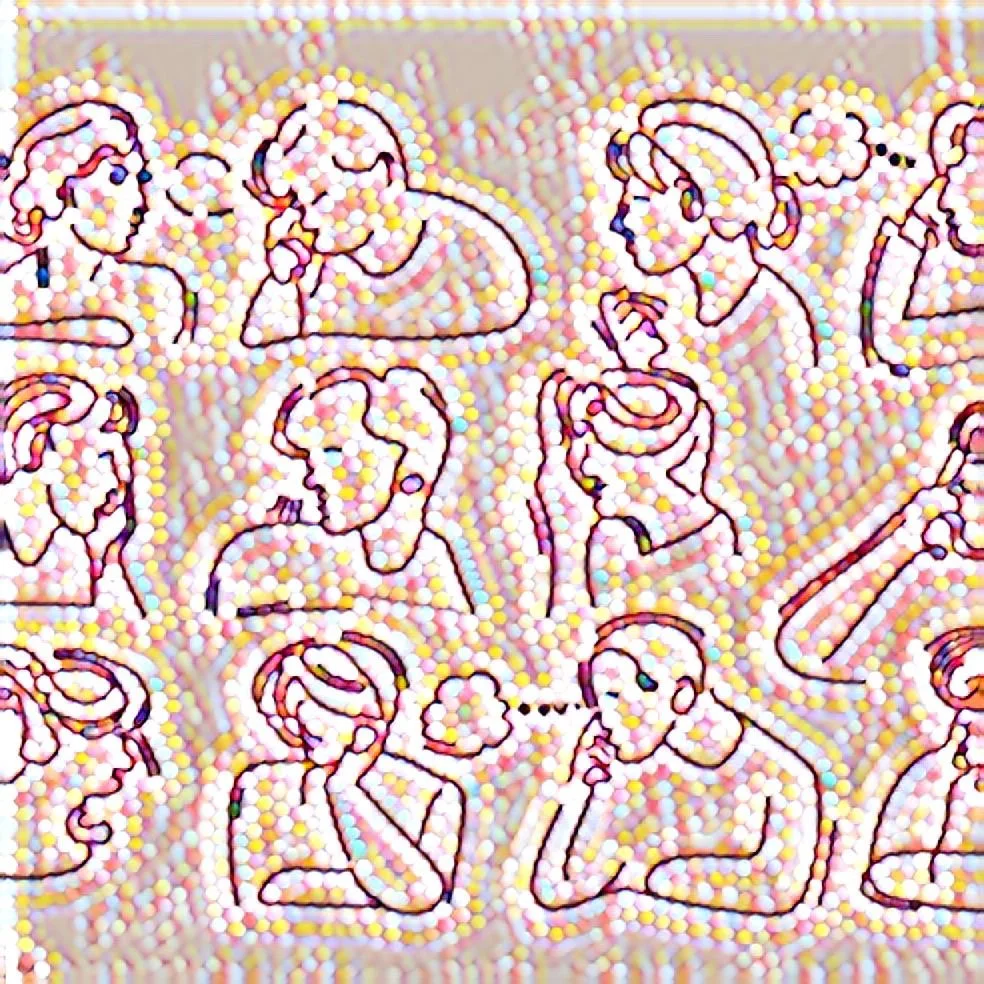Using the Carrot & Stick Approach to Encourage Research Transparency
According to a recent report in SCIENCE titled NIH toughens enforcement of delayed clinical trials reporting a number of clinical trials investigators have not been reporting results to ClinicalTrials.gov, a database designed to inform the public about human studies. The legal requirements for doing so are serious. Funding to an institution that is not up to date in clinical trials reporting can be shut down.
Reasons for requiring such study registration include making sure study participants’ informed consent has been received and making other researchers aware of what kind of studies are underway (e.g., to foster information sharing and to help avoid duplication).
NIH efforts to promote up to date clinical trials registration is underway. That such efforts are necessary is a reminder that purely voluntary participation in efforts such as ClinicalTrials.gov will rarely be sufficient without some level of oversight. That’s one of the reasons we have government regulation. The government is not “just” collecting data. It’s also encouraging compliance with transparency and other legal requirements.
Self regulation may not be 100% effective when dealing with large and diverse audiences with varying interests. This will be true even when those populations include recipients of government research money. In fact, according to the SCIENCE article, NIH’s own employees were some of those found to be late in reporting their clinical trials data.
While increased transparency of research efforts is something probably everyone will agree is valuable, given how long the publishing of formal reports can take following research completion, monitoring and oversight does cost researchers, institutions, and the government both time and money.
Encouraging research transparency has both costs and benefits to consider. I’m sure this “cost versus benefit” issue is being considered as the NIH considers formulation of “public access” rules as discussed here in Findability: NIH Wants Your Thoughts on "Enhanced Public Access to NIH-Supported Research”. The model being adopted in that case — requiring Federally funded research data to be posted in approved repositories — will definitely require some oversight to ensure that (a) data are posted and (b) access is made available. Important policy issues to address include:
In what form will data and metadata be provided to approved repositories?
How will data submissions be tracked to make sure they occur?
How will the costs of repository based data access be accounted for — and covered?
How will data repositories’ services be evaluated?
What kinds of access will repositories be required to provide? Raw data only? Basic analytics?
What kind of reporting will repositories have to make concerning their activities?
Will accommodations have to be made to account far data access by smaller or less well financed institutions?
What restrictions will have to be made regarding access to data? (For example, see discussion of access qualifications in New Government Web Site Makes “Restricted Microdata” More Accessible To Researchers.)
The advantage that clinical trials data will have is that a single access point has been defined. This should make it easier to address some of isses listed above, but many will still remain. Both carrot and stick approaches may be necessary to make sure researchers comply.
Copyright (c) 2023 by Dennis D. McDonald































